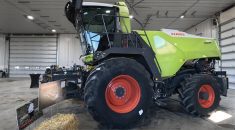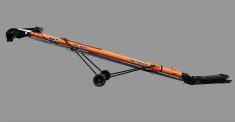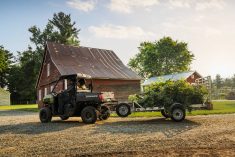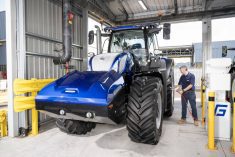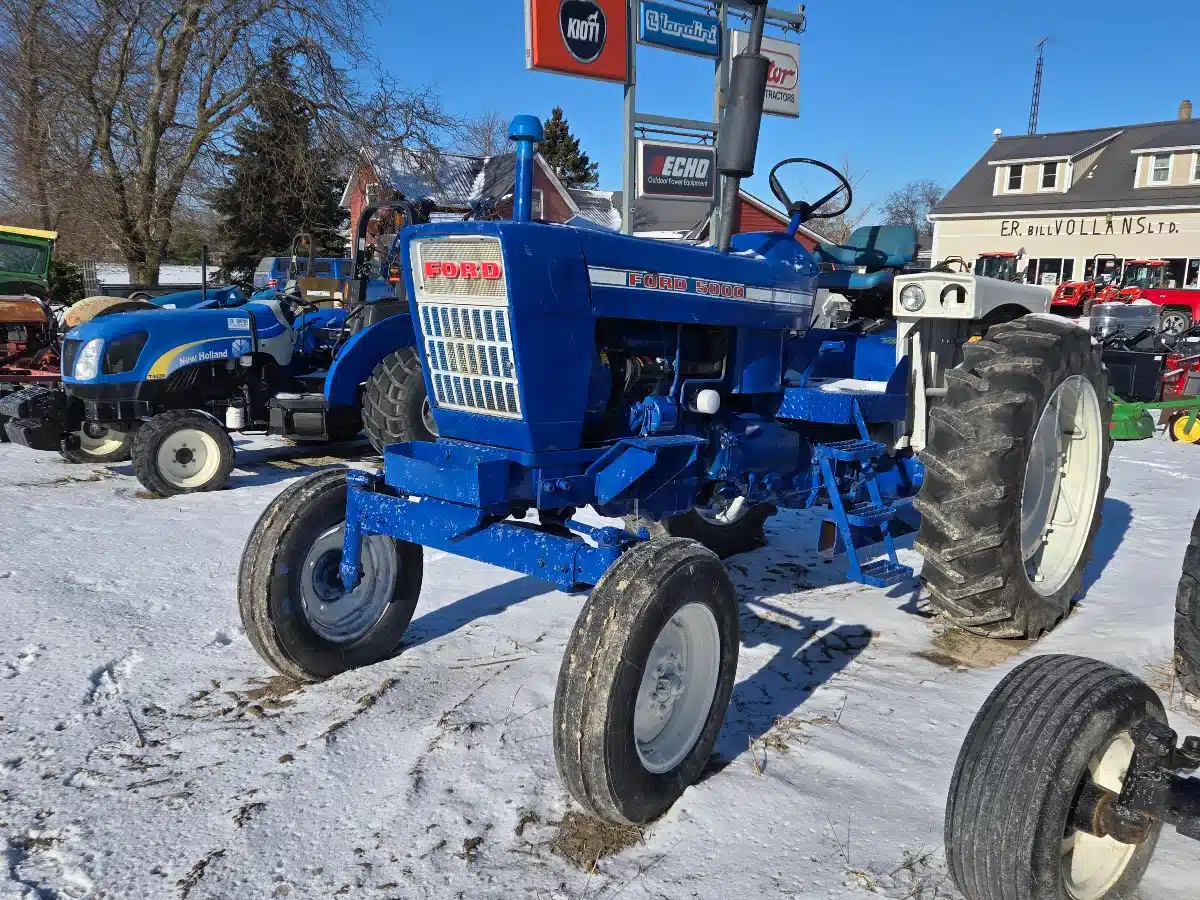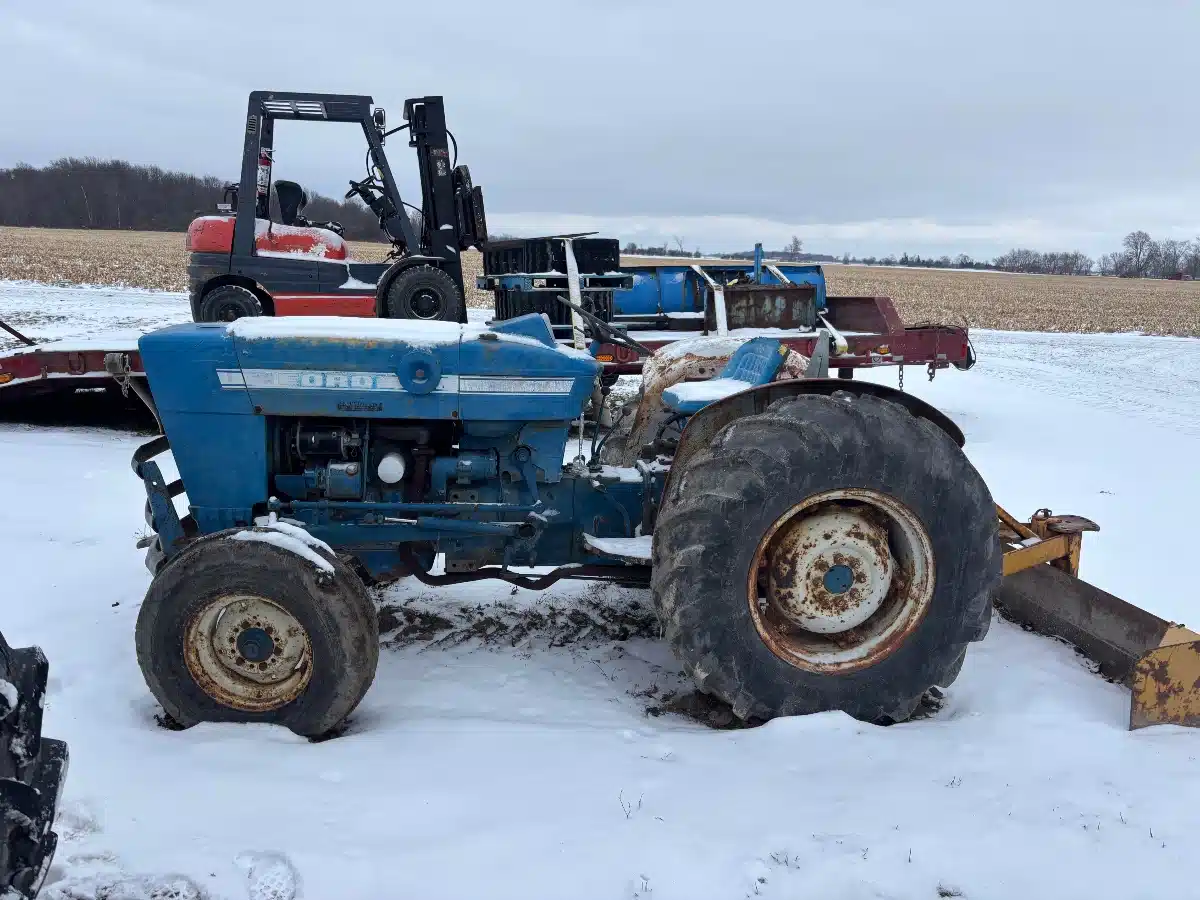In 1961 Ford proudly introduced the all-new 6000 model tractor. It had a pretty attractive appearance, especially for its time. At the front of that sleek body design was a stylish but heavy cast-iron grille to enhance its appearance. It was certainly a good-looking tractor, wearing Ford’s then-standard red and cream livery.
But it proved to be a disaster for the brand.
The tractors were available with either a 223-cubic inch gasoline or a 242-cubic inch diesel engine — but the Select-O-Speed powershift transmission behind those engines was the tractors’ early downfall, although it was a groundbreaking innovation for the time.

The powershift transmission, which, some asserted, was rushed into production too early in the design process, was prone to failure. It was initially introduced as a feature on the smaller 100 Series models in 1959 and became a key selling feature of the new 6000 when it was introduced.
Read Also

Claas brings 1000 Series SP forage harvesters to Canada
In mid-August, Claas unveiled its new line of Jaguar forage harvesters at an event in Visalia, California, deep in the heart of that state’s dairy region.
Because there were so many mechanical failures so early after the tractors’ introduction, in an unheard-of move, Ford recalled all 6000s and rebuilt them, re-releasing them in 1963, now wearing a blue-and-white paint scheme.
The updated 6000s were renamed the 6000 Commanders. The new name and paint colour was likely an attempt to distance the updated tractors from the failure-prone originals.

Failure of the Select-O-Speed was due in part to its inability to handle the amount of horsepower the tractors produced, according to several historical sources. That might explain why the 1961 Nebraska Tractor Test Lab shows the 1961 original 6000 test for the diesel model rated the tractor at 66 horsepower. The later 1963 Commander test rated it at just over 62.
The re-engineered Commanders remained in production until 1967.
The Commander models also included the Powr-Stor hydraulic system, which was unique and a short-lived engineering concept that wouldn’t see widespread use in Ford’s tractors. It had a closed-centre pump and a gas-filled accumulator mounted behind that heavy grille. It allowed the system to accumulate a lot of high-pressure oil for fast response no matter what speed the engine was running at. And it offered the ability to briefly use the system in a limited way without the engine running.

Retail price for a 6000 Commander in 1967 was US$4,900, according to one source. That would put it around Cdn$45,000 today, not accounting for the the exchange rate, which was closer to par at the time.
Years ago I had a chance to spend a day with William (Bill) Wileman, who owned and still used two 6000 Commanders on his farm near Russell, Man. He had both a gas and diesel model. We spent time together looking at and operating the rare tractors.
The gas model he owned was initially purchased as a parts donor to supply a transmission output shaft that he couldn’t source to repair the diesel model.

Eventually, however, a replacement shaft was found and both 6000s were put to use on the farm. But Bill found he had to repair the Select-O-Speed transmissions on both tractors.
The Commanders would shift smoothly through the gears on the move. However, the tractors would jerk noticeably when shifted from fourth to fifth gear, a quirk of the transmission’s design.
Bill also noted the top road speed differed between his gas and diesel versions. Top speed on the diesel was rated at 18.7 m.p.h. — but Bill found he could only get about 10 m.p.h. out of his gas model.
As for servicing his 6000s, Bill said one frustrating design feature was that the engine fan belts had to go around the shaft off the front of the engine that drove the hydraulic pump. Changing the belts became a big job as a result.
One positive thing about the 6000 Commanders, according to Bill, was that they were pretty easy on fuel, partly because the engine could be run at lower r.p.m. with the Select-O-Speed transmissions.
The Ford 6000 and 6000 Commanders make an interesting footnote in engineering history as tractor technology has evolved through the decades.




